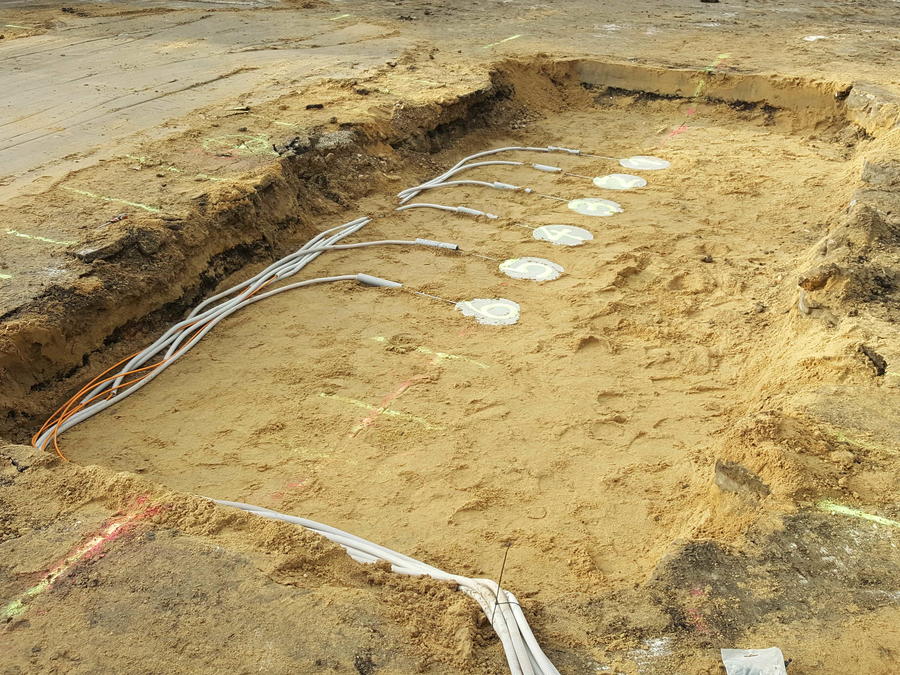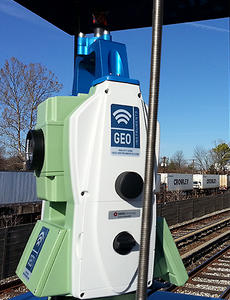

Automated motorised total stations (AMTS)
Automated motorised total stations (AMTS) are an advanced and autonomous optical monitoring system built around a high precision total station.
Hydrostatic levelling cells
Hydrostatic levelling cell systems precisely measure vertical structural movement be it settlement or heave, in real-time, using a network of connected sensors.
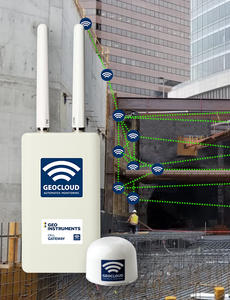
Wireless sensors
Wireless sensors and interfaces provide high precision, low noise measurements, wireless communications and long battery life.
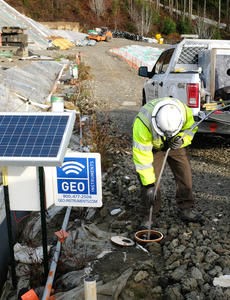
Shape accel arrays
Shape arrays are advanced inclinometer-like instruments used for monitoring settlement, movement and vibration.
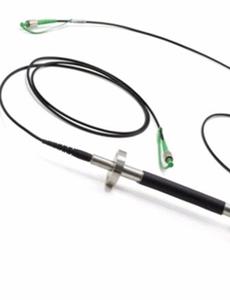
Fibre optic sensors
Fibre optic technology is a new, innovative method of measuring strains in structures and geotechnical processes, using light, rather than electric current, as the signal carrier.
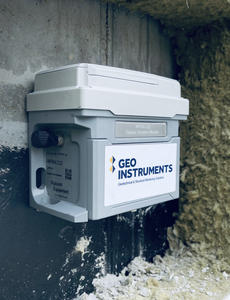
Vibration and noise monitors
Automated vibration monitoring provides a reliable and cost-effective way to control construction noise and vibration, protecting project owners, construction companies, and nearby properties.
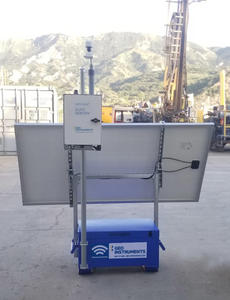
Dust monitors
Automated dust monitoring is a cost-effective way to verify dust mitigation measures and maintain good community relations.
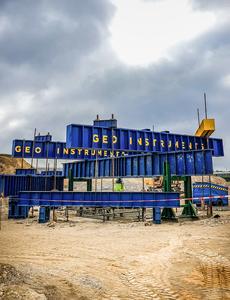
Deep foundation load tests
These tests allow us to verify the actual bearing capacity of completed foundations. They are the only methods that help confirm whether a foundation has been designed and constructed properly, and therefore whether it meets the ultimate and serviceability limit state requirements.
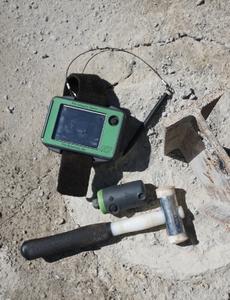
Deep foundation quality tests
